|
We paid a visit to some of the "humble spirits" in Pine Ridge Cemetery for a special Halloween mini tour. Join Chessie as she shares some of the history of this important snapshot of life and death in Saranac Lake. Learn more about Pine Ridge Cemetery and the people buried there on our wiki.
1 Comment
Halloween is tomorrow, so we're feeling spooky! Check out this ticket for a Halloween dance put on by the Village Improvement Society in 1927. Would you go play cards with the ghosts at Hotel Saranac for just $1.75?!
Bonus--to see photos of patients at Trudeau Sanatorium in costume for Halloween, head over to our wiki. [Historic Saranac Lake Collection. Courtesy of Philip Griffin, TCR #272] 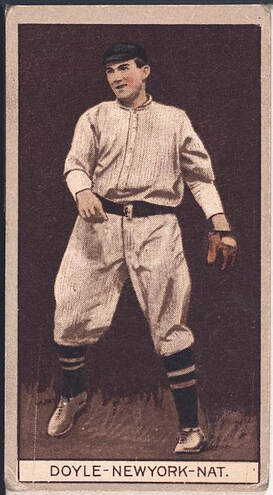 Lawrence Doyle, New York Giants, baseball card portrait, 1912. Library of Congress. Lawrence Doyle, New York Giants, baseball card portrait, 1912. Library of Congress. By Phil “Bunk” Griffin Larry Joseph Doyle was born July 31, 1886, in Caseyville, Illinois. He began playing for the New York Giants in 1907 at the age of 21. He was so nervous on the first day that he took the wrong ferry and was late for his premier pro game. Giants’ manager, John McGraw, who was known to be strict at times, took it in stride, and Larry, with his powerful hitting and solid defense, held a steady job for the next fourteen years. The only change in his routine of tending second base with the Giants was when he went to the Chicago Cubs for a year and a half. That was from 1916 to 1917. He was MVP in 1912 and played a big part in the Giants winning of the pennant for three years in a row, from 1911 through 1913. Larry developed tuberculosis in the 1920's. His best friend and fellow Giant, Christy Mathewson developed the disease also, and they both came to Saranac Lake to cure. Christy lived at his home on Park Avenue. Larry took up residency at Trudeau San, where American Management Association is now located, and lived there for many years. Larry was, in fact, the last patient to leave the Trudeau San when it closed in 1954. That famous photo of him walking towards the gates of Trudeau, a suitcase in each hand and snow gusting all around him, was in every newspaper and magazine on the newsstands that week. I don't know if the media posed the photo or not, but it was effective. It got the point across that Trudeau San was closed for good and that the TB era was kaput. It was a sad day for both Larry and Saranac Lake. I first became acquainted with Laughing Larry while I was working at the Dew Drop Inn, tossing pizzas. This was in the early 60's when baseball was still a game and not a big money industry. Larry enjoyed being with the other regulars and they, in turn, reveled in the time spent with him. His laughter was contagious and could make you forget any problems you might have at the time. He was quick with a quip and had amazing timing. Larry could have been a great comedian if he hadn't been so good at baseball. He constantly kept the crew at Dew Drop's laughing with his stories of bygone days of baseball. He came by his nickname quite naturally.
Every afternoon Laughing Larry could be found on the first barstool on the right, the one closest to the kitchen. If someone was occupying that stool when Larry entered, the offender would politely move down to the next available stool or, if there were none empty, belly up to the bar so that Larry could have his choice seat. I recall doing that myself on occasion. Larry was a gentleman, and he instilled that quality in all who surrounded him. Although he enjoyed a brew or two or three, I never saw him the least bit affected by them. As a young pizza cook who would get a buzz from one brew, I was both puzzled and amazed at that ability. Larry had an operation on his eyes around 1961. I believe it was cataract surgery, and he had to wear thick, coke-bottle type glasses after that. He joked about them the same as he did about everything else. Sometimes, when we were all watching a ball game, he would become quiet, and I could see his eyes take on a strange, faraway look through those thick lenses. It was as if he were trying to project himself onto the ball field on the TV screen. I imagined that he was thinking, "It WAS great to be young and a Giant.” I never asked him what he was thinking during those moments of silence nor did anyone else. Everyone needs a personal moment once in a while. As the next few years passed, Larry seemed to slow down and had a noticeably harder time getting around. The stairs were too steep, and he would come in the back door. His favorite seat was empty more frequently. Then, on March 1, 1974, at 88 years of age, Laughing Larry Doyle joined his teammates of summers past and left his old Dew Drop Inn cronies to spend their summer afternoons watching the ballgames without the pleasure of his laughter and company. Another era was over for Saranac Lake. Larry was a true giant both in the ball park and on the barstool and we were fortunate to have known him. By Amy Catania October is a good month for a ghost story. So here is the tale of a humble spirit who for years haunted a cure cottage up on Charles Street. I heard this story from Eileen Black, who has lived in the house for many years and raised her family there. A ghost visited their home several times a year for decades. He would show up at the back walkway, walking towards the house, glancing in the windows. Well-dressed, in an elegant, old fashioned coat and fedora, he looked a bit like Fred Astaire, so the family named him, “Fred.” Eileen, her husband, and children all got used to Fred sightings. He would appear and then be gone, before they could get a good look at him. Guests at the house would see him too. They were never afraid of him; he felt like a friend. Fred’s visits went on for years until the time when the family decided to do a major renovation to the back area of the house. One day, when the construction was just about finished, Eileen looked out the back window to see Fred walking down the path, away from the house. He glanced over his shoulder, and he was gone. It was the only time they had ever seen him walking away, and it was the last time they would see him. That is the whole story. It’s pretty short and not very scary, but it is a first-hand account from a family who lived in the company of a ghost. At 168 Charles Street, some part of the past lived side-by-side with the present. We tend to believe that apparitions grow out of violent occurrences, and that they are people with unfinished business. I looked up Eileen’s house on our wiki site, and discovered that the first owner of the house, Arthur Strough, died in a tragic car accident. Arthur and his friend Joseph LaBeau died in April 1922 on Bloomingdale Road near the Trudeau Sanatorium. The vehicle went off the road, and Arthur burned to death under the car. Perhaps Arthur’s painful and untimely death helps to explain the haunting of Charles Street. Yet here in this town where death was no stranger, you would think we would have more stories of hauntings. Any one of our old cure cottages could be haunted by people who died early deaths, but it seems they are mostly quiet. Phantoms may be uncommon, but if you pay attention to the past, it will come alive. At the museum, our exhibit on the fresh air cure features personal stories of several TB patients. Their faces hang in the room on semi-transparent banners. One of our exhibit ghosts is Gloria Hazard. She came to Saranac Lake as a teenager, in search of a cure for TB. In an effort to save her from aggressive TB infection, her doctors resorted to thoracoplasty, a drastic operation where ribs were removed to permanently collapse the diseased lung. Gloria died of surgical complications on July 4, 1948, when she was only nineteen. Until her death, from her bed at Trudeau, Gloria wrote letters home almost daily. Her niece visited the Saranac Laboratory Museum several years ago and shared the letters with us. When we listen to Gloria’s story, we learn lessons about sorrow, perseverance, and love. We might briefly grasp the reality that our time on earth is miraculous and fleeting. We invite Gloria to haunt our museum as a simple act of human decency, to pay witness to a life that came before us. As we work to expand the museum into the Trudeau building, we are making room for more ghosts. Visitors will listen to stories of TB patients like Gloria, wilderness guides, shopkeepers, great camp builders, and Native Americans who made their homes here for thousands of years. Here in Saranac Lake, we love our phantoms and the old buildings they call home. Some towns might have chosen to tear down the Trudeau house and put up a CVS. But instead, we are bringing the place back and finding our way forward together, by looking into the shadows and listening to our ghosts. Listen to our museum “ghosts” on our website. Scroll down to track #7 to hear actress Donna Moschek read Gloria Hazard’s letter.
It's Tuberculosis Thursday, so here's a little throwback meme for you! Come visit the museum (or check out our wiki) and learn about the fascinating history of this building!
By Kayt Gochenaur “Ample food is necessary to health.” This adage was a founding principle of the fresh air cure for tuberculosis. The fresh air cure had three tenets: fresh air, good food, and plenty of rest. Saranac Lake was famous for its clear mountain air, but we also knew a thing or two about food. In the 1800s, tuberculosis was called consumption because it consumed the body fat. Patients were often underweight, without appetite, and flushed from a fever. Hope for recovery depended on eating from a well-filled dinner plate as much as on the lauded mountain air. Early practitioners of the fresh air cure like Dr. Hermann Brehmer advocated treating TB with an abundant diet, a strong Hungarian wine, and cognac. When Dr. Edward Livingston Trudeau founded the Trudeau Sanatorium in Saranac Lake, he built his own treatment philosophy on the successes of these doctors. Different doctors and decades brought about new fads in the recommended diet for TB patients. Dr. Trudeau’s patients ate hearty food and cod-liver oil. Later, TB doctors favored dairy products for their high fat content and purported ease of digestion (my sympathy to those lactose intolerant patients). Dairy faded in popularity towards the end of the curing industry. Florence Mulhern, a Trudeau Sanatorium patient in the 1950s, said that dinners were always hot and hearty and the potatoes usually mashed. Patients were expected to eat regardless of their appetite. Bill McLaughlin remembered this emphasis on food. As he stated in an oral history interview by Rhee Rickard, “My God, the first thing they did was build you up. Eggnogs with six eggs if you wanted. We all looked better than the people who came to visit us.” Preventing weight loss was so important that one TB patient had to eat a seven-ounce Hershey chocolate bar every day, ruining her love of chocolate. Dr. Lawrason Brown of Trudeau Sanatorium encouraged patients to “Eat once for themselves, once for the germs, and once to gain weight… not only must three good meals but six glasses of milk and six raw eggs be swallowed every day.” If this surprises our modern sensibilities, remember that the link between bacteria and illness was new to Western medicine, and the heroin and opium used in TB treatments was probably more dangerous than the eggs At a typical cure cottage, food preparation was a daunting task. An account from Kevin Healy describes Loretta McCabe’s daily work running a cure cottage. “[She] did all the cooking. My mother said that she dirtied every pot and utensil in the kitchen ... there was always a starch, a protein, a green vegetable, and an orange vegetable and then some sort of dessert. She paid attention to the color and every plate was made to look appetizing so that it would encourage the patients to eat.”
Contrary to Dr. Brehmer’s recommendation of wine and cognac, alcohol was forbidden at Trudeau Sanatorium. After prohibition this rule relaxed and, by the 1950s, patients at both Ray Brook and Trudeau were allowed their own alcohol. Some patients described a high prevalence of alcoholism at sanatoria, and the connection between tuberculosis and alcoholism is still being studied today. The demand for fresh food and dairy gave rise to a thriving agricultural industry in Saranac Lake. With the refrigeration and shipping constraints of the day, much of the food for area patients was locally grown. Dairies like Crystal Spring (now called Donnelly’s) met the high demand for pasteurized milk, while sanatoria like Stony Wold on Lake Kushaqua, had their own farms and claimed to be self-sufficient. Did all this food help patients? Vitamins A and D and high protein do promote healthy immune systems. Undernutrition is considered a risk factor for TB, and patients fighting off infection would have had a better chance at recovery if they maintained a healthy weight. As to the efficacy of Hungarian wine, raw eggs, cod liver oil, or chocolate--well, you’ll have to ask your doctor about that! We are excited to share that both the Saranac Laboratory Museum and the Trudeau Building are now participating in Saranac Lake Community Solar! We are bringing history into the future by being a part of the first community solar project within the Adirondack Park, and looking forward to powering our historic buildings with green energy.
To learn more about the project and find out how you can participate (and save on your electric costs), visit their website! 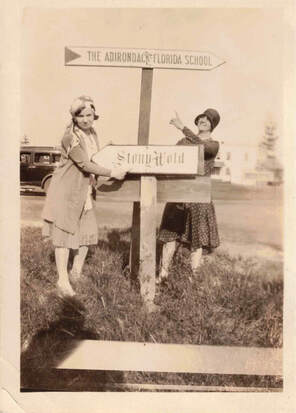 Last month we shared a Tuberculosis Thursday post about a photo album that was recently donated to the collection, and it inspired another wonderful donation! We were delighted to receive an album kept by Lillian Synoracki Wilczak (standing to the left of the sign) while taking the cure at Stony Wold Sanatorium from 1928-1930. Her granddaughter, Karen Jacobs, donated the album to us so that Lillian's experience can be saved and shared as part of our local history. We can't wait to share other photos from the album and learn more about Lillian's story, but in the meantime, check out these wonderful snapshots of life at Stony Wold. Thank you again for your thoughtful donation, Karen! Do you have a relative who took the cure in Saranac Lake? We'd love to hear their stories! Historic Saranac Lake Collection, TCR 646. Courtesy of Karen Jacobs.  Join us for our 40th Annual Meeting! Historic Saranac Lake members, and those wishing to become members, are invited to join us by zoom for our Annual Meeting on October 29 at 5:00PM. Christopher Shaw will lead a discussion about his new book, The Power Line. To register for the meeting, click the button below! About The Power Line: The Power Line veers from the villages of Lake Aurora and Saranac Lake in the years following World War I, when Prohibition and tuberculosis kept them hopping, to Montreal and a thrilling escape by canoe across the St. Lawrence River in the dead of winter. It follows the adventures of Fran Germaine, rustic builder and old-time fiddle player, and his friend Lonnie Monroe, the source for the tapes and transcriptions made in the eighties about their days working together as bootleggers for Legs Diamond. Christopher Shaw has been a writer, editor, and teacher for forty years. His fiction, memoir, journalism, essays, and book length non-fiction have focused largely but not exclusively on aspects of place and its influence on character and ideas, most often having to do with the Adirondack region of northern New York. Read our next History Matters guest column by Rich Loeber below! By Rich Loeber Starting in the summer of 1953, I spent several weeks every August, camping with my family at Fish Creek Ponds Campsite. Those summers cemented a love of the Adirondacks in my mind and, in my 50s, I made the move to Saranac Lake. I spent my summers at Fish Creek with my older brother and sister and our parents. My father was the outdoors man, and he loved being in the woods. His love of the Adirondacks was born during family vacations in Indian Lake, but he chose Fish Creek because of the guaranteed lake front for each campsite. Fish Creek was created by the Civilian Conservation Corps (CCC) in the early 1930s. In fact, it was a large CCC camp on its own while accommodating public campers. Over the course of 1931 to 1935, CCC workers extended the camp, built picnic tables, stone fireplaces, and facilities. The early campers were allowed to stay for up to two weeks for free. Fish Creek quickly became the most popular of the many state campgrounds that the CCC was building throughout the Adirondacks. In 1935, the CCC created a rustic amphitheater in the woods. The state started showing movies for free at the amphitheater. This kicked up a good Adirondack battle with locals, claiming that the free campgrounds and free movies were taking money from local hotels and movie theaters. When we vacationed at Fish Creek there was no reservation system. You just drove up, and if there were no sites available (a common occurrence), you would wait on line at the check-in station until a site opened up. You had to take what the ranger was offering if you wanted to stay. We used to pack up from our home near White Plains, and my father would drive all night to arrive as early in the morning as we could. This was before the NY Thruway was built, and we drove up Route 9 for much of the trip. It could easily take more than 12 hours to reach our destination. On at least one occasion, we had to spend a night waiting on line when there were no campsites available. The facilities were spartan at best. Toilets were open pit, and there were no showers. I recall bathing in the lake, but that would not do these days. There was a good water distribution system for drinking and cooking, with a working spigot placed every few campsites. After a few summers, the facilities were upgraded to flush toilets, which was a huge improvement, along with showers (cold water only). We often rented a flat bottom row boat from Hickok’s. They had a rental site right in the camp located roughly where the modern beach is today. Mr. Hickok made these boats that were very heavy and unwieldy, but perfect for kids. When we got older, we converted to renting a canoe instead.
Fish Creek continues to be very popular today. Those early CCC fireplaces and picnic tables are still in evidence at many sites. It will cost you $22 a night, but you can enjoy hot showers, RV facilities, and your choice of 355 campsites through a reservation system where you can choose a site in advance, assuming it is available. Since moving here, I have encountered many locals who point to Fish Creek as their introduction to the area. I have many fond memories of camping, swimming, boating, hiking, and sitting by the camp fire. Today, I live just down the road and often make the choice to drive by Fish Creek when heading out for the day. Find out more about Fish Creek and share your memories at Historic Saranac Lake’s website of local history. Images:
|
About us
Stay up to date on all the news and happenings from Historic Saranac Lake at the Saranac Laboratory Museum! Archives
August 2022
Categories
All
|
Historic Saranac Lake at the Saranac Laboratory Museum
89 Church Street, Suite 2, Saranac Lake, New York 12983
(518) 891-4606 - [email protected]
89 Church Street, Suite 2, Saranac Lake, New York 12983
(518) 891-4606 - [email protected]

Historic Saranac Lake is funded in part by the New York State Council on the Arts with the support of the Office of the Governor and the New York State Legislature,
and an Essex County Arts Council Cultural Assistance Program Grant supported by the Essex County Board of Supervisors.
and an Essex County Arts Council Cultural Assistance Program Grant supported by the Essex County Board of Supervisors.
© 2023 Historic Saranac Lake. All Rights Reserved. Historic photographs from Historic Saranac Lake Collection, unless otherwise noted. Copy and reuse restrictions apply.
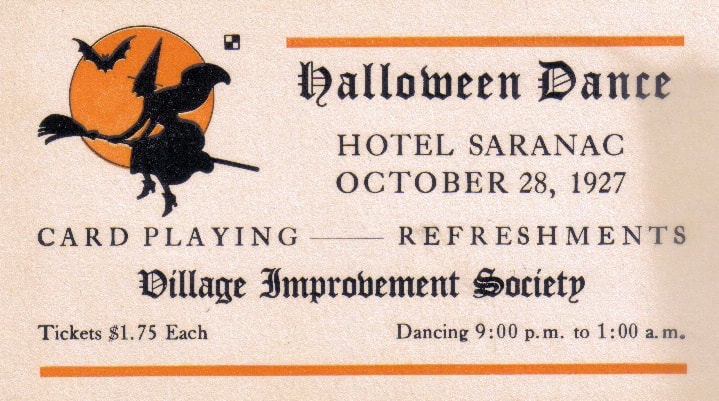
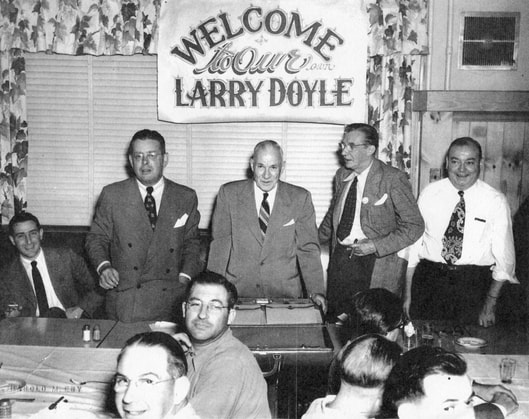
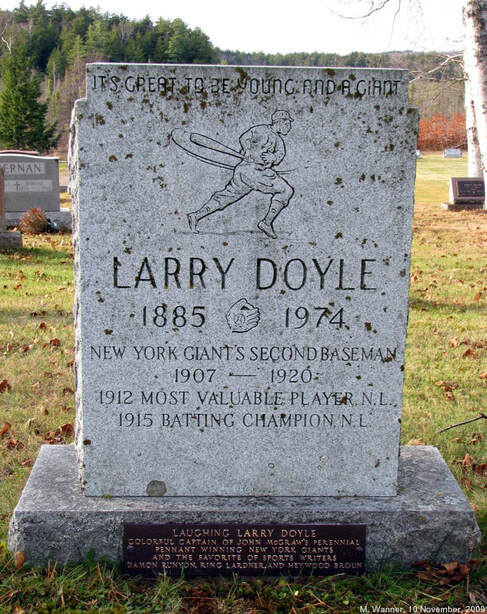
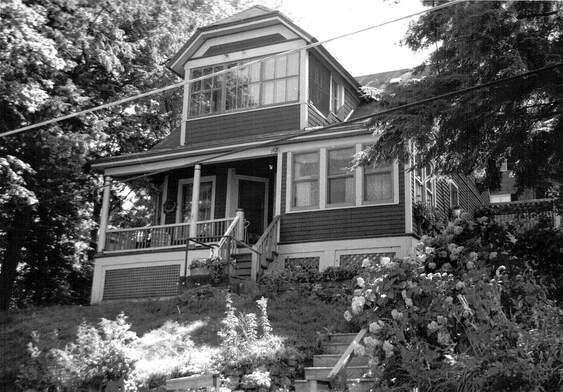
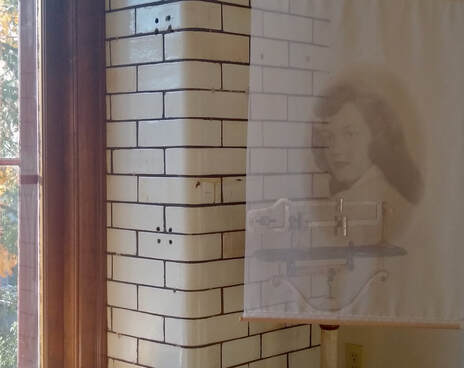
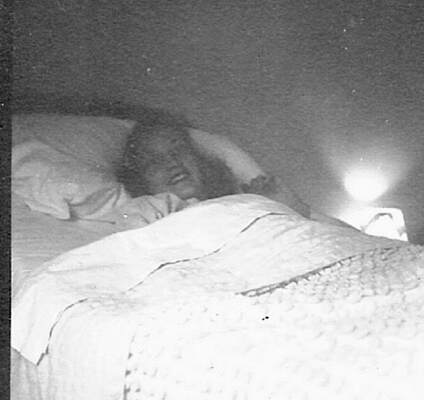
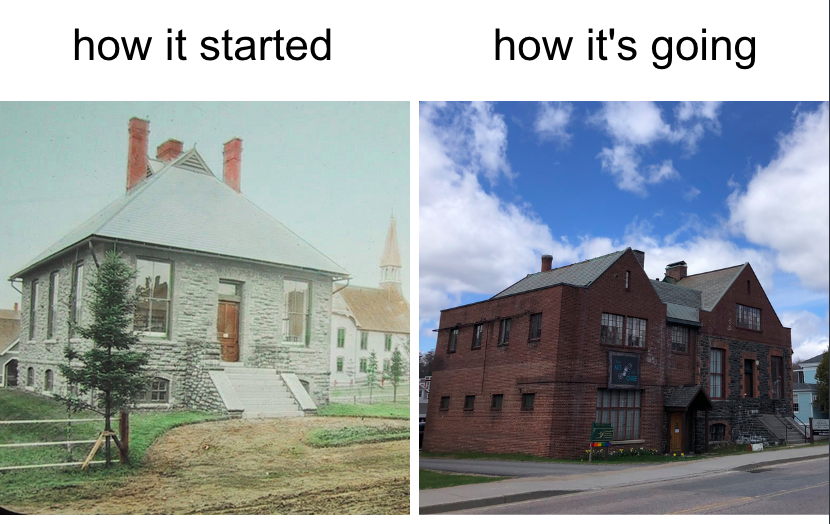
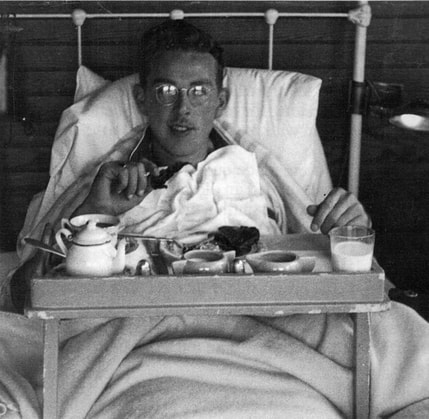
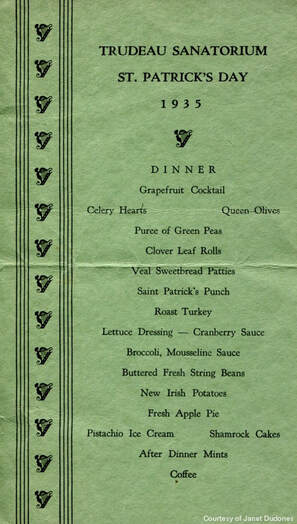
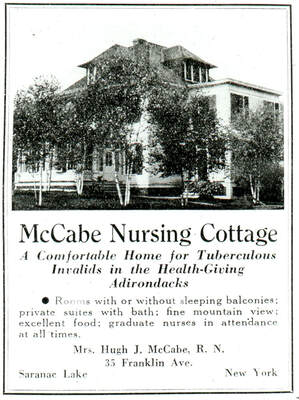

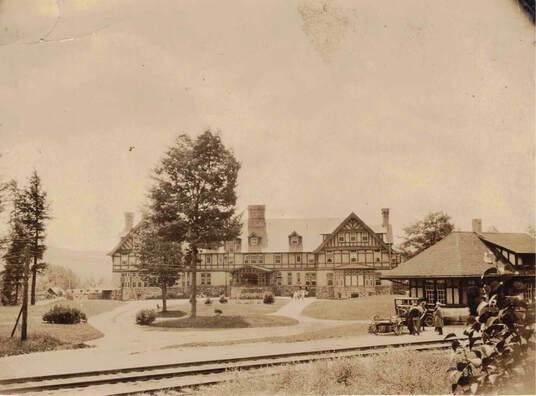
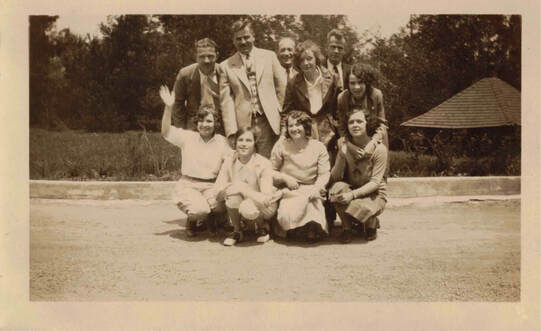
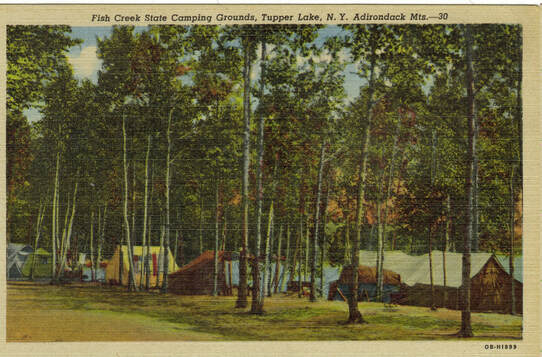
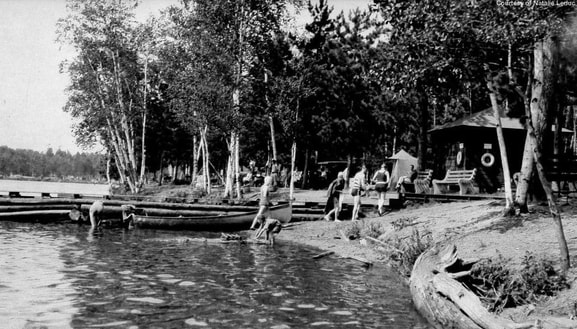
 RSS Feed
RSS Feed